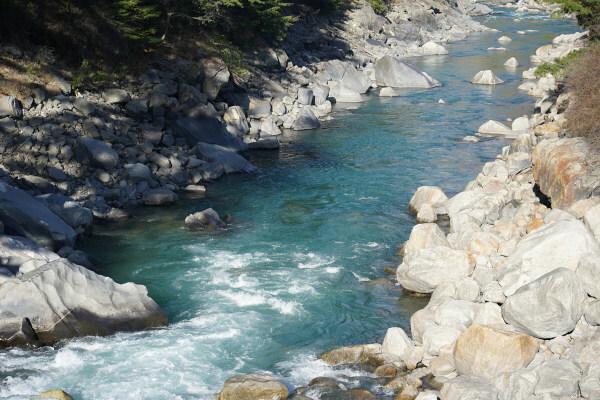Located in the Caribbean Sea, in Central America, the territory of Saint Lucia has no land borders, being close to Martinique, Barbados and Saint Vincent and the Grenadines. The country was disputed by Spaniards, British and French. In 1814, through the Treaty of Paris, Great Britain assumed the domain of Saint Lucia, who gained independence on December 13, 1978. Currently, the nation is part of the British Commonwealth – a block formed by the United Kingdom and its former colonies.
The national area comprises a volcanic island and has a mountainous relief, with points that can reach altitudes above 950 meters. The predominant climate is tropical.
The majority of the population, descendants of African slaves, resides in rural areas (72%). Castries, capital of Saint Lucia, is the most populous city: 14,509 inhabitants. The infant mortality rate is 14 for every thousand live births; illiteracy affects 5% of the inhabitants.
With a poorly industrialized economy, Santa Lucia has agriculture as its main source of income. The nation is a major producer and exporter of bananas (responsible for about 40% of exports). Other important crops are coconut, citrus fruits and cocoa. The country's natural beauty has boosted tourism, which in recent years has become an essential activity for the national economy.
Do not stop now... There's more after the advertising ;)

Coast of Saint Lucia
Saint Lucia Data:
Territorial extension: 622 km².
Location: Central America.
Capital: Castries.
Tropical weather.
Government: Parliamentary monarchy.
Administrative division: 11 blocks.
Languages: English (official), French dialect.
Religions: Christianity 95.9% (77.9% Catholics, 18%) Protestants, no religion and atheism 0.4%, other 3.7%.
Population: 172,189 inhabitants. (Men: 84,294; Women: 87,895).
Composition: African Americans 90.5%, Eurafricans 5.5%, Indians 3.2%, Southern Europeans 0.8%.
Demographic density: 276.8 inhab/km².
Average annual population growth rate: 1%.
Population residing in urban areas: 27.84%.
Population residing in rural areas: 72.16%.
Life expectancy at birth: 73.4 years.
Households with access to drinking water: 98%.
Currency: Eastern Caribbean Dollar.
Gross Domestic Product (GDP): 16 billion dollars.
GDP per capita: 5,810 dollars.
External relations: World Bank, Caricom, Commonwealth, IMF, OAS, WTO, UN.
By Wagner de Cerqueira and Francisco
Graduated in Geography
Brazil School Team
countries - geography - Brazil School
Would you like to reference this text in a school or academic work? Look:
FRANCISCO, Wagner de Cerqueira and. "Saint Lucia"; Brazil School. Available in: https://brasilescola.uol.com.br/geografia/santa-lucia.htm. Accessed on June 27, 2021.


